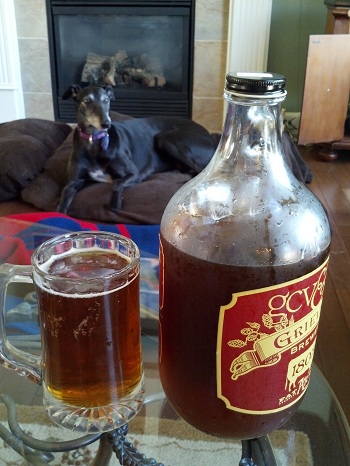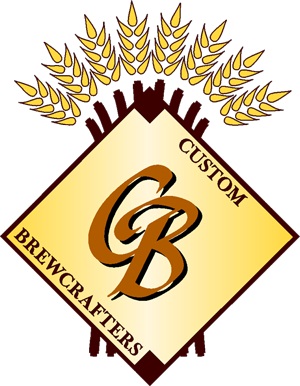Imperial Force

Brewery and Country of Origin: Custom Brewcrafters of 300 Village Square Boulevard, Honeoye Falls, NY, 14472, USA
Date Reviewed: 12-03-12
Though the India Pale Ale has been with us for nearly two centuries, it continues to amaze beer enthusiasts in its varied magnificence. Since the style was first distinguished as a unique sub style of pale ales mostly popular in England in 1835, it has transformed and spread its influence (much like England) across the Globe. Depending on who you ask, the story behind this once niche style-turned global varies considerably. For the purposes of this website, we'll give you some random facts. First, Hops along with alcohol (ethanol) are a natural preservative. Back in the mid 19th century, refrigeration was still a primitive technology (American John Gorrie got his patent for a mechanical ice making machine in 1856), and the shippers of the East India Company needed to distribute (and occasionally imbibe) beer which had a longer shelf life than other conventional styles. Thanks to the natural preserving powers of the Hops flowers, the specialty export style later known as IPAs quickly became the preferred style for the East India Company and other megacorporations. The IPA also became the style of choice for those who drank it when it finally completed its voyage to India. Along with the heavy use of hops, the choice of water for the beer became very important. Burtonization is a process of adding gypsum (either naturally or deliberately) to the water used in brewing. This additive enhances the flavor and aromatic properties of hops, and overall, the beer becomes more crisp, refreshing, and exhibits properties desired by brewers and drinkers for beers favoring the use of hops. This gave the style an advantage over many others. The economic climate (losing business in Russia due to tarrifs, and failed brewery mergers in England) also helped catalyze the development of the IPA into a mainstream style. The style also became very popular among the English, with breweries producing the beer for domestic consumption in as early as 1840. Early IPAs were only slightly more alcoholic than most ales of the time (not always), and much more attenuated than the ales, reds, and porters which were also popular in England back then.
Date Sampled: 11-22-12 At: 146 Fiddlers Hollow, Penfield, NY, 14526, USA
Beer Style: American IPA
Alcohol by Volume: 5.00%
Serving Type: Brewery Growler, 16 oz Mug Glass
Rating: 3.97
 Pile Driver IPA
Pile Driver IPA




